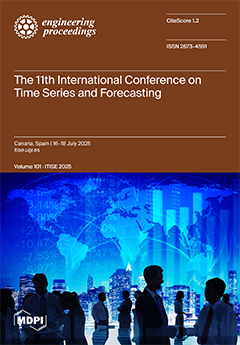Intensive energy consumption in the building sector remains one of the primary contributors to climate change and global warming. Within Renewable Energy Communities (RECs), improving energy management is essential for promoting sustainability and reducing environmental impact. Accurate forecasting of energy consumption at the
[...] Read more.
Intensive energy consumption in the building sector remains one of the primary contributors to climate change and global warming. Within Renewable Energy Communities (RECs), improving energy management is essential for promoting sustainability and reducing environmental impact. Accurate forecasting of energy consumption at the community level is a key tool in this effort. Traditionally, engineering-based methods grounded in thermodynamic principles have been employed, offering high accuracy under controlled conditions. However, their reliance on exhaustive building-level data and high computational costs limits their scalability in dynamic REC settings. In contrast, Artificial Intelligence (AI)-driven methods provide flexible and scalable alternatives by learning patterns from historical consumption and environmental data. This study investigates three Machine Learning (ML) models, Decision Tree (DT), Random Forest (RF), and CatBoost, and one Deep Learning (DL) model, Convolutional Neural Network (CNN), to forecast community electricity consumption using real smart meter data and local meteorological variables. The study focuses on a REC in Loureiro, Portugal, consisting of 172 residential users from whom 16 months of 15 min interval electricity consumption data were collected. Temporal features (hour of the day, day of the week, month) were combined with lag-based usage patterns, including features representing energy consumption at the corresponding time in the previous hour and on the previous day, to enhance model accuracy by leveraging short-term dependencies and daily repetition in usage behavior. Models were evaluated using Mean Squared Error (MSE), Mean Absolute Percentage Error (MAPE), and the Coefficient of Determination
. Among all models, CatBoost achieved the best performance, with an MSE of 0.1262, MAPE of 4.77%, and an
of 0.9018. These results highlight the potential of ensemble learning approaches for improving energy demand forecasting in RECs, supporting smarter energy management and contributing to energy and environmental performance.
Full article




